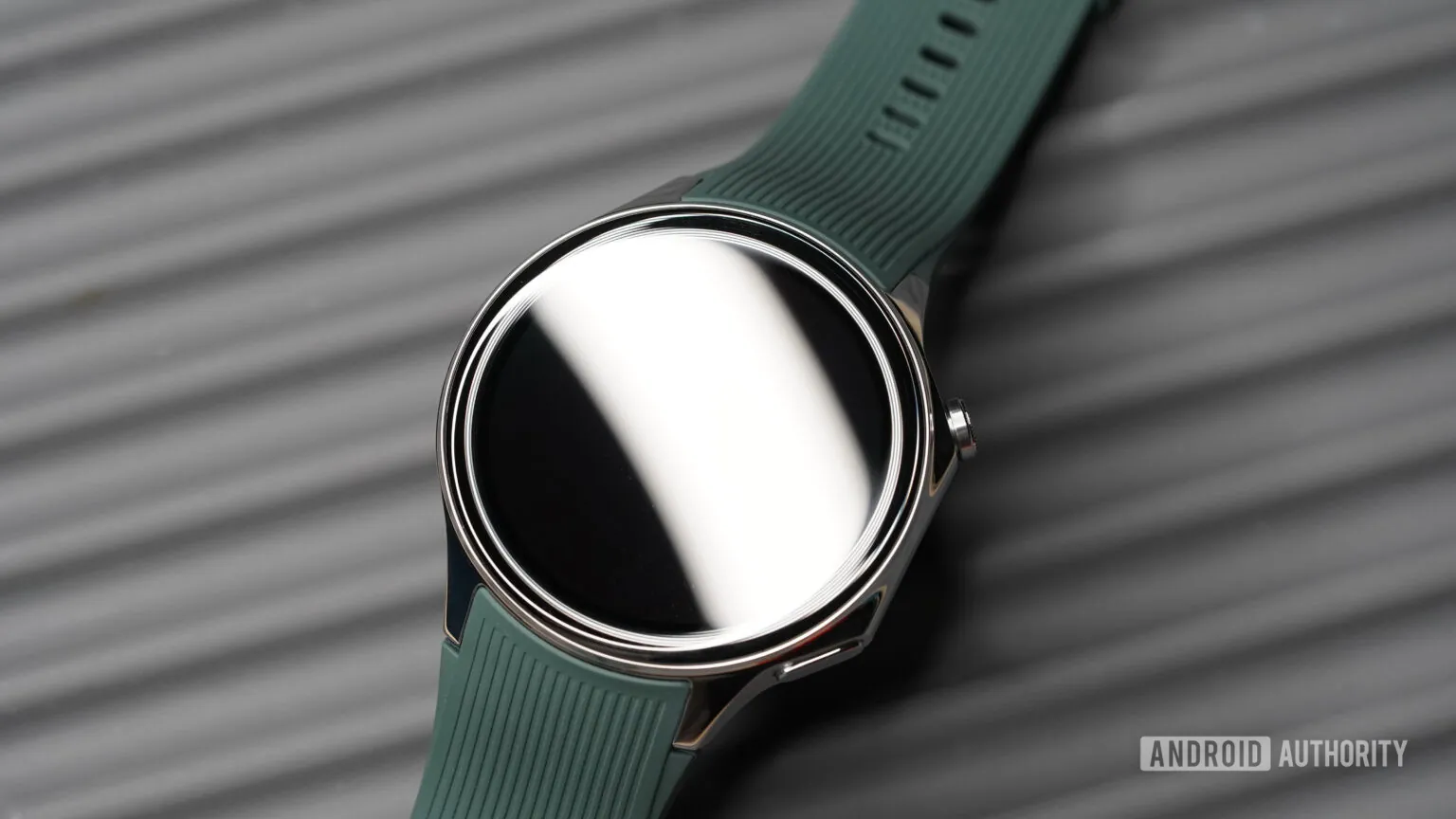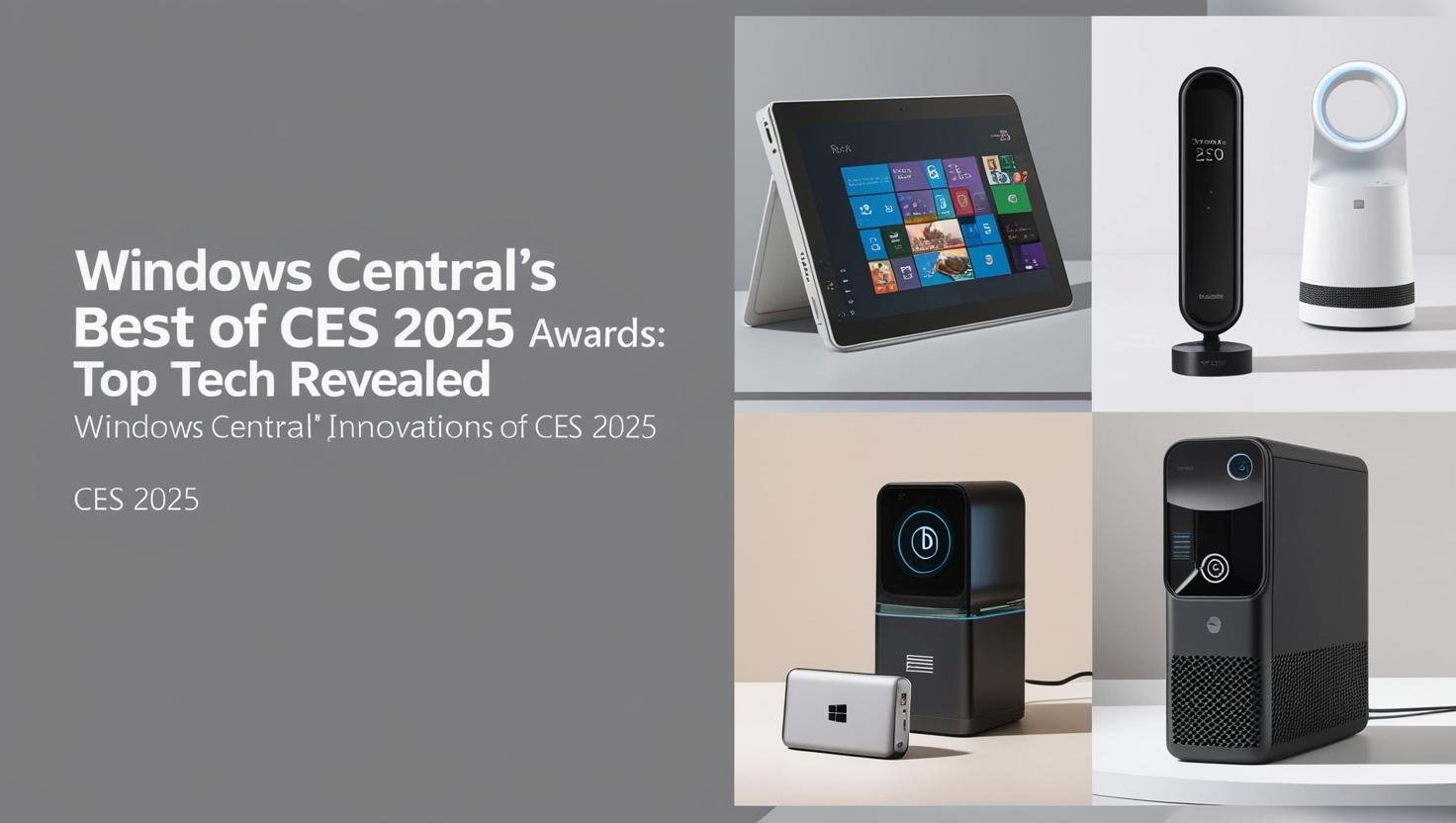The Shocking Truth About the iPhone Calculator’s Design History
January 2, 2025 | by Admin

Ever wondered about the humble iPhone calculator app? It’s something we use almost daily, yet rarely think twice about. Turns out, there’s a fascinating story behind its development, a tale of meticulous design choices and a surprising connection to a physical calculator that paved the way. This post delves into the secret iPhone calculator’s design history, revealing the intricate design decisions and the legacy that shaped its creation.
The Genesis of a Digital Icon
The iPhone calculator’s story starts not in Cupertino, but with the Braun ET66, a classic calculator designed by the legendary Dieter Rams in 1987. This iconic device, with its minimalist aesthetic and clear button layout, served as a major inspiration for the iPhone’s digital counterpart. The influence is undeniable, from the circular buttons to the overall layout and even the distinctive font.
- Inspiration: The Braun ET66’s minimalist design heavily influenced the iPhone calculator.
- Key Figure: Dieter Rams, the renowned designer behind the ET66, shaped the aesthetic that continues to inspire digital design today.
- Legacy: The ET66’s design principles, including clarity and simplicity, live on in the iPhone calculator.
Mimicking Physicality in a Digital Realm
The challenge for Apple’s designers was to translate the tactile experience of a physical calculator into a digital interface. They needed to create a sense of familiarity and intuitiveness for users transitioning from physical buttons to a touchscreen. This involved painstaking attention to detail, including:
- Button Shape: The rounded buttons of the ET66 were replicated to provide a visual cue for touch input.
- Button Spacing: Careful spacing between buttons minimized accidental presses, replicating the physical separation of keys.
- Sound Design: The click sound associated with each button press was carefully crafted to provide auditory feedback, mimicking the physical calculator’s tactile response.
iPhone Design Journey Filled with Challenges
Creating the calculator app wasn’t a straightforward process. The development team faced numerous hurdles, including the limitations of early touchscreen technology and the challenge of replicating the responsiveness of a physical calculator.
Early Prototypes and Iterations
Early versions of the calculator app explored different layouts and button designs. Some prototypes featured square buttons, while others experimented with different color schemes. Through rigorous testing and user feedback, the team eventually settled on the rounded button design that closely resembled the Braun ET66.
The Quest for Seamless Responsiveness
One of the biggest challenges was ensuring that the digital buttons responded instantly to touch input. In the early days of the iPhone, touchscreen technology was still in its infancy, and lag was a common issue. The team worked tirelessly to optimize the calculator’s performance, ensuring a seamless and responsive user experience.
Beyond Basic Arithmetic: The Evolution of the Calculator App
Since its initial release, the iPhone calculator app has undergone several updates and improvements. While the core design has remained largely unchanged, new features and functionalities have been added over time.
The Introduction of Scientific Mode
With the release of iOS 4, the calculator app gained a scientific mode, expanding its capabilities beyond basic arithmetic. This addition catered to users requiring more advanced mathematical functions.
- Expanded Functionality: Scientific mode introduced trigonometric functions, logarithms, and other advanced calculations.
- User Accessibility: Rotating the iPhone to landscape orientation activated scientific mode, providing a simple and intuitive way to access the extended features.
Modern Updates and Enhancements
In recent years, the calculator app has received subtle updates and enhancements to improve its usability and accessibility. These include:
- Copy and Paste: Users can now easily copy and paste numbers from the calculator display to other apps.
- Haptic Feedback: Subtle vibrations provide tactile feedback for button presses, enhancing the user experience.
- Dark Mode Compatibility: The calculator app now seamlessly integrates with iOS Dark Mode, offering a visually comfortable experience in low-light environments.
The Enduring Legacy of the iPhone Calculator
The iPhone calculator app, though seemingly simple, represents a significant achievement in digital design. It demonstrates the power of drawing inspiration from classic design principles and adapting them to new technologies. The app’s enduring popularity is a testament to its intuitive design, seamless functionality, and the subtle details that make it a joy to use.
A Symbol of Simplicity and Functionality
The calculator app embodies Apple’s core design philosophy: simplicity and functionality. It provides a seamless and intuitive user experience, allowing users to perform calculations quickly and efficiently. It’s a testament to the power of good design, making a mundane task feel effortless and enjoyable.
A Lasting Tribute to Dieter Rams
The iPhone calculator serves as a lasting tribute to Dieter Rams and his timeless design principles. It’s a reminder that good design transcends time and technology, continuing to inspire and influence new generations of products.
The iPhone Calculator: A Story of Design Evolution
From its humble beginnings as a digital interpretation of the Braun ET66 to its current iteration, the iPhone calculator app has undergone a remarkable journey of design evolution. It’s a story of meticulous craftsmanship, thoughtful consideration for the user experience, and a deep appreciation for the enduring power of classic design. While often overlooked, the iPhone calculator’s story reveals a surprising depth of design thinking, making this everyday tool much more than meets the eye. It stands as a quiet testament to the power of good design, impacting millions of users daily with its simple yet elegant functionality.
RELATED POSTS
View all




![Ailun 3 Pack Screen Protector for iPhone 16 [6.1 inch] + 3 Pack C...](https://m.media-amazon.com/images/I/51gxgLMOOLL.jpg)
![Miracase for iPhone 16 Case 6.1'', [Bubble Free] Full-Body Bumper...](https://m.media-amazon.com/images/I/51A7AndWC7L.jpg)


![LISEN for iPhone 16 MagSafe Car Mount, [Quick Install] Magnetic C...](https://m.media-amazon.com/images/I/51+WuKDngaL.jpg)




